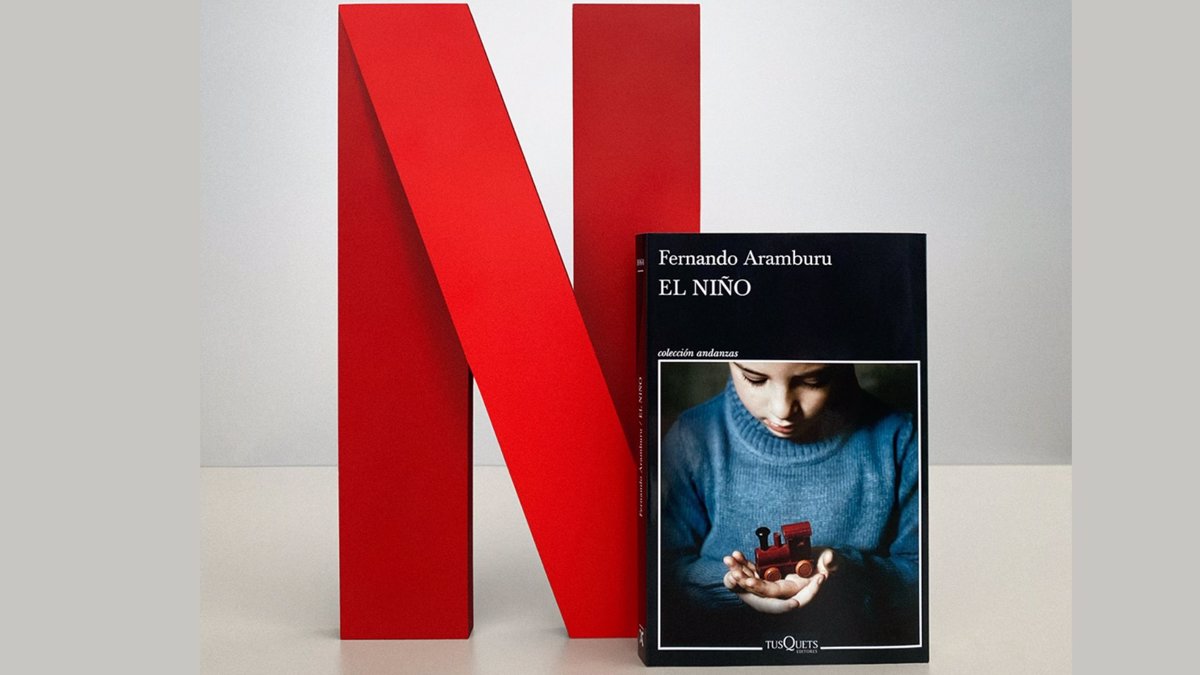How Television inspired one of Britain’s most overlooked bands

(Credits: Far Out / Cherry Red Records / Press)
Compounded by latitude but alleviated somewhat by the Gulf Stream, much of Britain shares its drizzly, often chilly climate with New York City. When one considers that Eagles and The Beach Boys emerged on the sunny sands of California and The Velvet Underground and Television from the cold, unyielding streets of New York, it’s easy to see why Britain is such a fertile breeding ground for punk’s moodier, more introspective cousin: post-punk.
As the Sex Pistols’ ephemeral flame faltered, finally flatlining to the sound of Public Image Ltd, the post-punk era prevailed as a more stable and creatively diverse subgenre. The emerging likes of The Cure, Joy Division, Echo and the Bunnymen, Magazine, Siouxsie and the Banshees, The Fall and many more spoilt Britain for choice within half a decade of the Sex Pistols’ implosion. Naturally, dozens of bands, many of whom deserved to, failed to breach the canopy.
From the top of my head, The Comsat Angels, The Sound, Magazine, and Wire are among the class acts that perhaps should have received more overseas attention in their prime. However, today, we’re rolling back the years to celebrate Felt, the band that challenges Spacemen 3 in the running for the ‘Best of Warwickshire’ trophy. The second-best outfit in Warwickshire doesn’t sound like an impressive title until you’ve had the pleasure of listening to these two overlooked titans.
Formed in 1979 by the mononymous Lawrence, Felt underwent several lineup changes throughout its existence. The core duo consisted of Lawrence and the classically trained guitarist Maurice Deebank. The band’s trademark sound was accentuated by Deebank’s melodic style, precursory to The Smiths’ tenure as jangle pop poster boys.
“Maurice Deebank also lived in Water Orton, and that’s probably one of the luckiest breaks I’ve ever had,” Lawrence reflected in a 2017 interview with Loud and Quiet. “Maurice was in the year below me at junior school, and he had classical lessons. I’d see him go in and think, ‘Ah, that kid plays the guitar.’ One day, I got him around to tune my guitar because, at that point, I couldn’t tune up. He tuned it in a few seconds and started playing ‘Mr Tambourine Man’. Immediately I said: ‘What’s that? – it’s amazing?’. It was just three chords, but it totally blew me away.”
Felt’s surprisingly vast discography is a testament to Lawrence’s determination and creative energy. The band’s debut album of 1982, Crumbling the Antiseptic Beauty, acquainted a loyal fanbase with ethereal soundscapes and jangling melodies. The album received critical acclaim but failed to achieve commercial success, symbolically confirming Felt’s fate as a cult phenomenon.
Subsequent releases heard Felt explore new sonic territories while retaining their signature aura. Releases like 1984’s The Splendour of Fear and 1985’s Ignite the Seven Cannons showcased the band’s versatility and continued experimentation, with a gothic nuance drawing comparisons to luminaries of the post-punk and new wave movements.
Deebank and Lawrence’s adept string interplay in stand-out tracks like ‘The Stagnant Pool’ and ‘Sunlight Bathed the Golden Glow’ is markedly reminiscent of that between Television’s Richard Lloyd and Tom Verlaine. This comparison is no coincidence since Felt was founded on Lawrence’s steadfast obsession with Television.
For starters, the band derived its name from Television frontman Verlaine’s emphasis on the word “felt” in the classic Marquee Moon cut ‘Venus’. The boys didn’t stop here, though; Lawrence’s vocal style derives a yelping inflexion not dissimilar to Verlaine’s throughout much of the Felt catalogue. Lawrence’s vocal style and songwriting command were also distinctly influenced by the late New York icon Lou Reed.
Despite modelling their sound on Television, Felt retained ample leverage in the creative department to deem themselves a unique force. “I think we were forerunners, and when you’re a forerunner, then it’s your job to pave the way for the people who come later,” Lawrence said in 2017. “I think if we’d started in 1990 rather than 1980, then we would have been on the TV and in the charts. I’m convinced that ‘Primitive Painters’ would have been a top ten single, and we would have been a big band, but you know, timing is everything. Looking back now, I can say I’m happy with the position that Felt got to, but at the time, it was frustrating.”
Indeed, the echoes of Felt’s work resound to this day in the output of its innumerable disciples, including Johnny Marr of The Smiths, The Charlatans and Belle and Sebastian. Some readers may remember Felt for their close affiliation with the Scottish dream pop band Cocteau Twins: Ignite the Seven Cannons marked the peak of Felt’s influence, bolstered colourfully by Robin Guthrie’s production prowess and Elizabeth Fraser’s vocal contributions to ‘Primitive Painters’. If this iceberg’s peak is all you’ve experienced so far, I implore you to take a deeper dive into the Felt catalogue.
Here’s a playlist with a few essentials to get you started.




